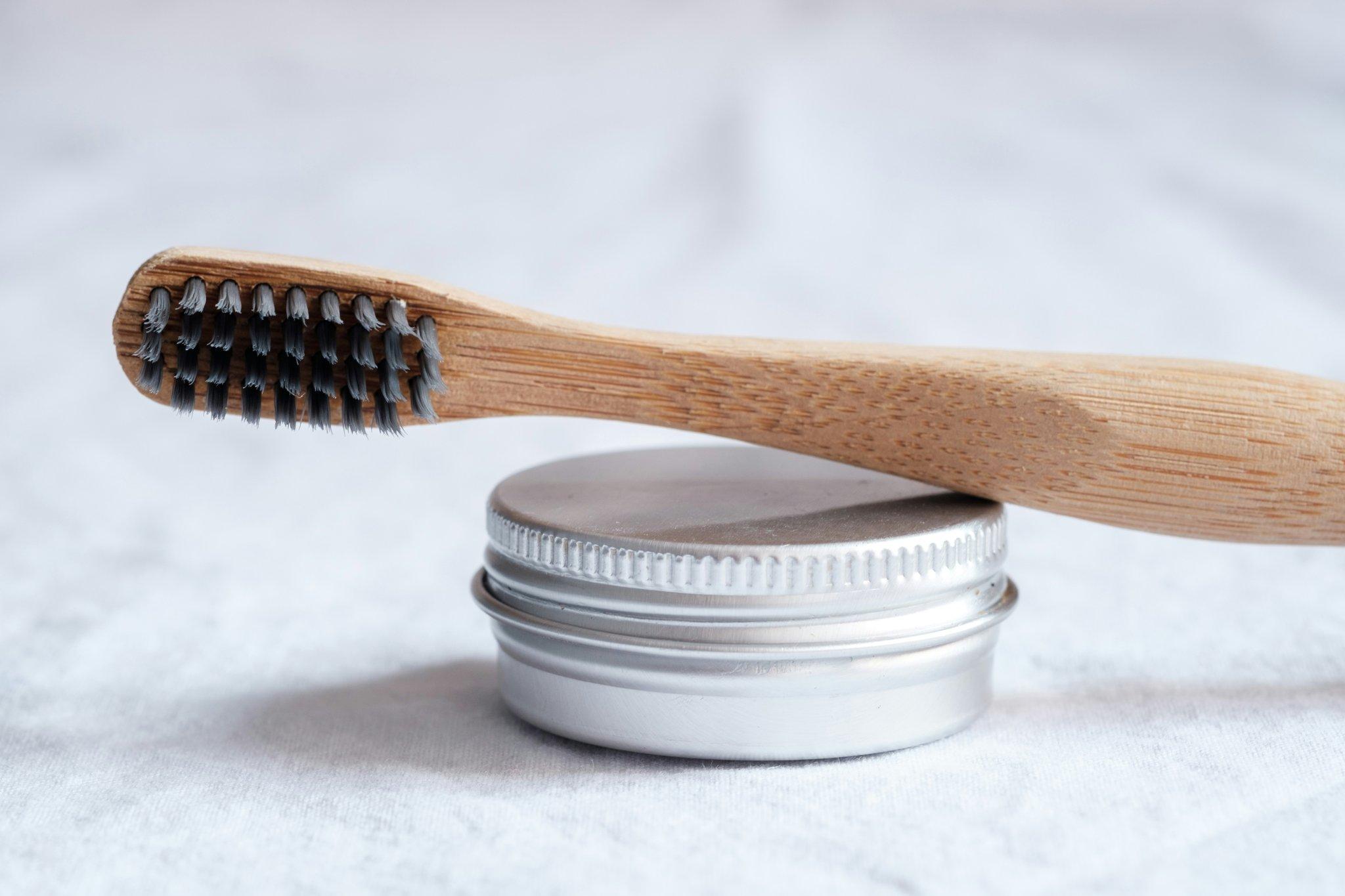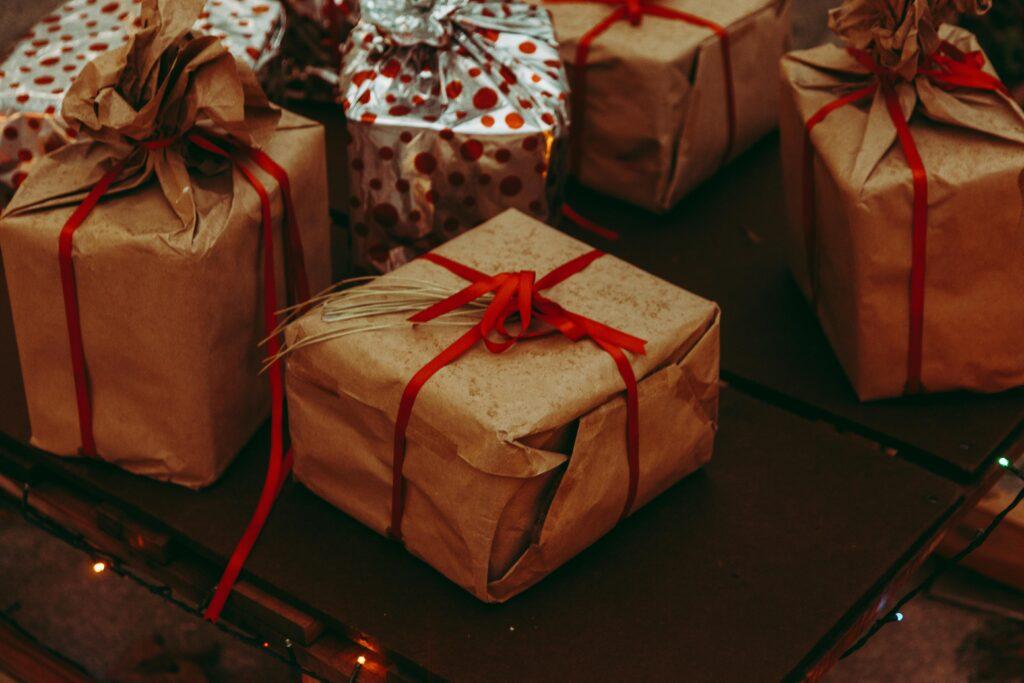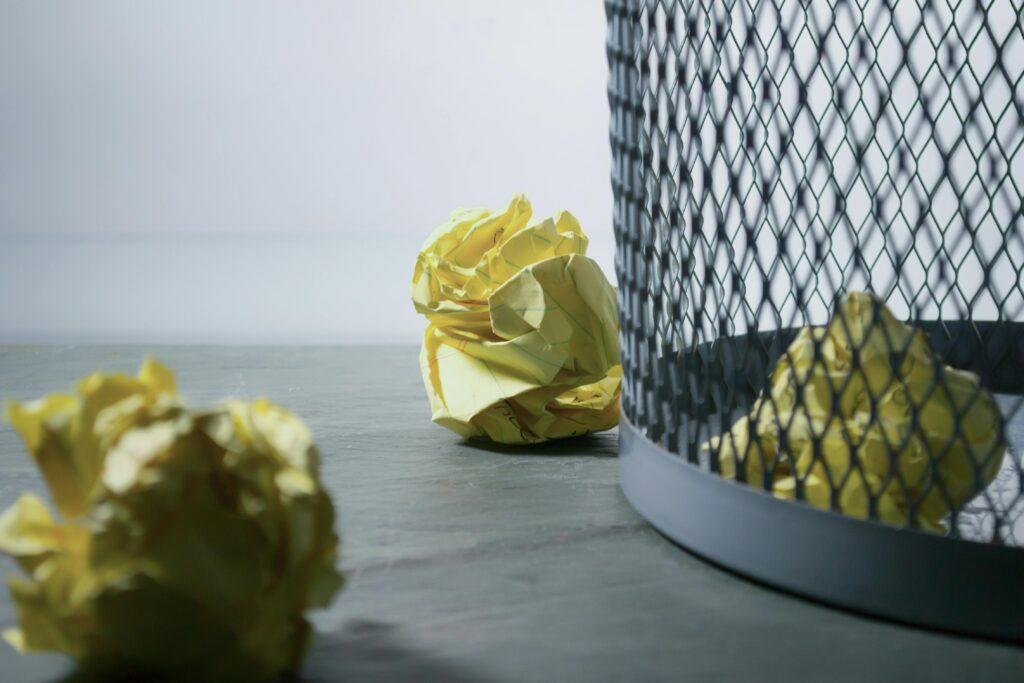“Ever bought a jar of organic floral essence only to realize it came wrapped in layers of plastic? Yeah, us too.” It’s frustrating when eco-conscious intentions don’t match up with reality. The beauty industry has long grappled with sustainability challenges—but there’s hope. Enter green packaging, the unsung hero of the organic flowers trend in skincare. By embracing this shift, brands can both protect Mother Nature and win over savvy consumers.
In this post, we’ll uncover why green packaging matters more than ever, explore actionable ways to adopt sustainable practices, and dive into inspiring examples from the field. Let’s get growing.
Table of Contents
- The Problem: Why Green Packaging Matters
- How to Transition to Green Packaging (Step-by-Step Guide)
- Top Tips for Implementing Eco-Friendly Packaging
- Real-World Success Stories
- FAQs About Green Packaging
Key Takeaways
- Green packaging reduces waste and aligns with consumer values.
- Organic flower-based products benefit greatly from eco-friendly presentation.
- Brands that embrace green packaging see increased loyalty and positive brand perception.
- Actionable steps include sourcing biodegradable materials and educating customers.
The Problem: Why Green Packaging Matters
Did you know the global cosmetics industry produces over 120 billion units of packaging annually—and much of it ends up in landfills? Yikes. As an expert who once recommended a “luxurious” floral serum housed in glittery non-recyclable glass—RIP my credibility with eco-conscious clients—I’ve learned the hard way how critical packaging choices are.
Here’s the deal: consumers today demand transparency. According to a 2023 survey by NielsenIQ, 73% prefer brands using sustainable materials. For businesses specializing in organic flowers, which inherently appeal to green-minded buyers, failing to walk the talk on green packaging feels like serving farm-to-table food in styrofoam containers. Just… no.
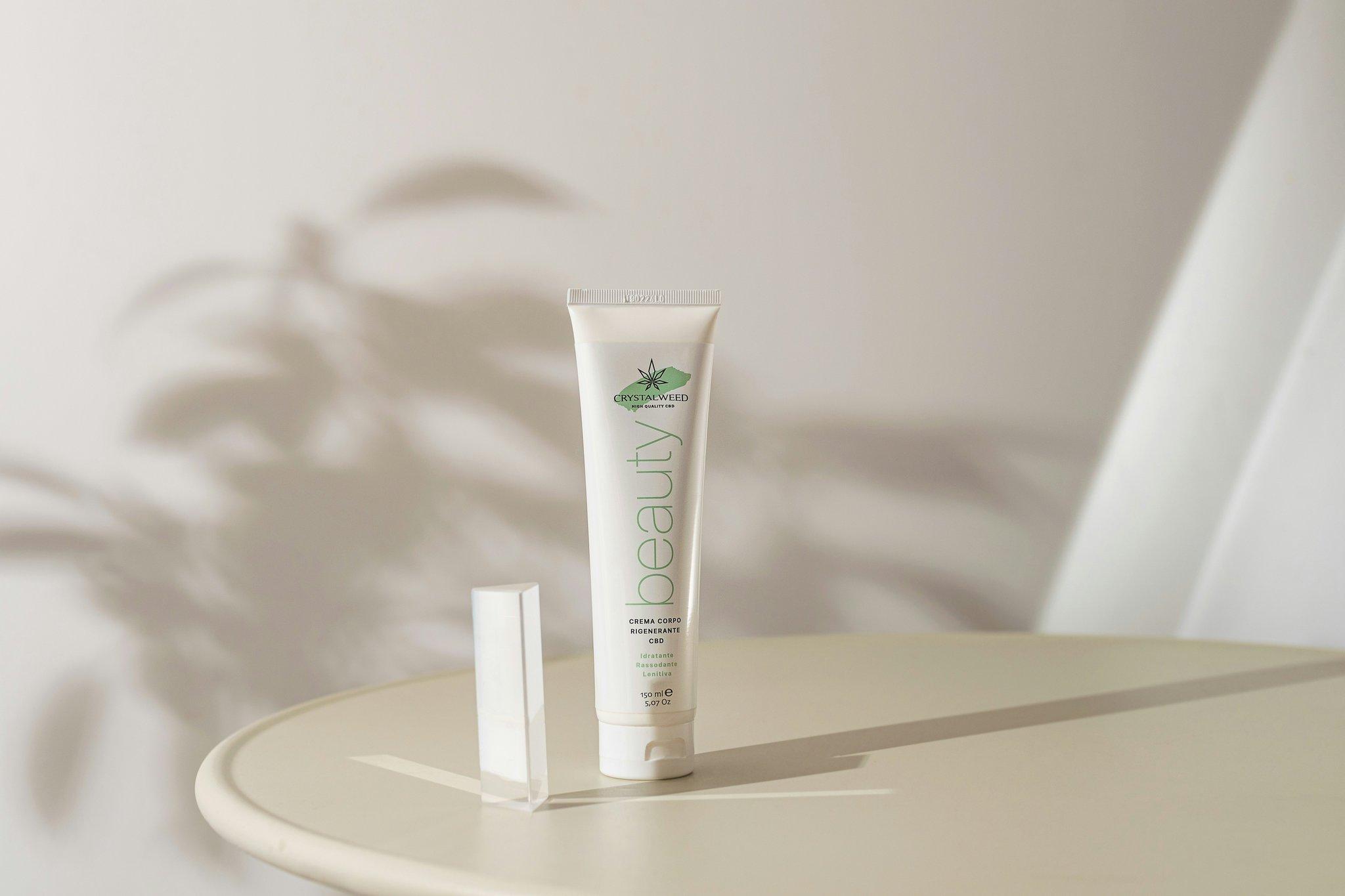
If your brand isn’t prioritizing environmentally friendly solutions yet, buckle up—we’re diving deep into how to course-correct.
How to Transition to Green Packaging (Step-by-Step Guide)
Step 1: Assess Your Current Situation
“But where do I even start?” Grumpy You might ask. Start small. Conduct an audit of existing packaging. Ask yourself:
- Is it recyclable or compostable?
- Are suppliers offering greener alternatives?
Step 2: Research Biodegradable Materials
This step is chef’s kiss for drowning out competitors. Switching to materials like bamboo, sugarcane pulp, or recycled paper instantly boosts your green cred. Pro tip: Look into seed-infused labels—they grow into actual plants when planted!
Step 3: Collaborate With Suppliers
Partnering with suppliers who share your vision is key. For instance, imagine swapping plastic wraps for algae-based films. Sounds futuristic, right? Yet companies like Notpla are making waves here—pun intended.
Step 4: Educate Your Audience
Last but not least, shout about your efforts loud and proud. Consumers love knowing their favorite organic floral toner comes in guilt-free wrapping.
Top Tips for Implementing Eco-Friendly Packaging
- Go Minimalist: Simplify designs to reduce material usage.
- Add Labels: Clearly mark items as “recyclable” or “compostable.”
- Offer Incentives: Reward customers returning old packaging for recycling.
- Use Soy-Based Ink: It’s renewable and less toxic during production.
- Avoid Greenwashing: Be honest; false claims will backfire big time.
PSA Alert: Terrible Tip #1
Don’t slap a random “eco-friendly” sticker on regular plastic bottles and call it green packaging. That’s called greenwashing, and trust me—it’s bad news. Remember my embarrassing #fail moment earlier? Yeah, let’s avoid repeating that one.
Real-World Success Stories
Tata Harper Skincare nailed it. Their luxurious, flower-infused products come in stunning glass bottles made from recycled materials—and they proudly promote this fact across all marketing channels. Result? A cult following among planet-loving beauty enthusiasts.
Another gem is Lush Cosmetics. They ditched traditional packaging altogether for solid bars and innovative “naked” products. Talk about setting trends—their approach saved millions of plastic containers from oceans worldwide.
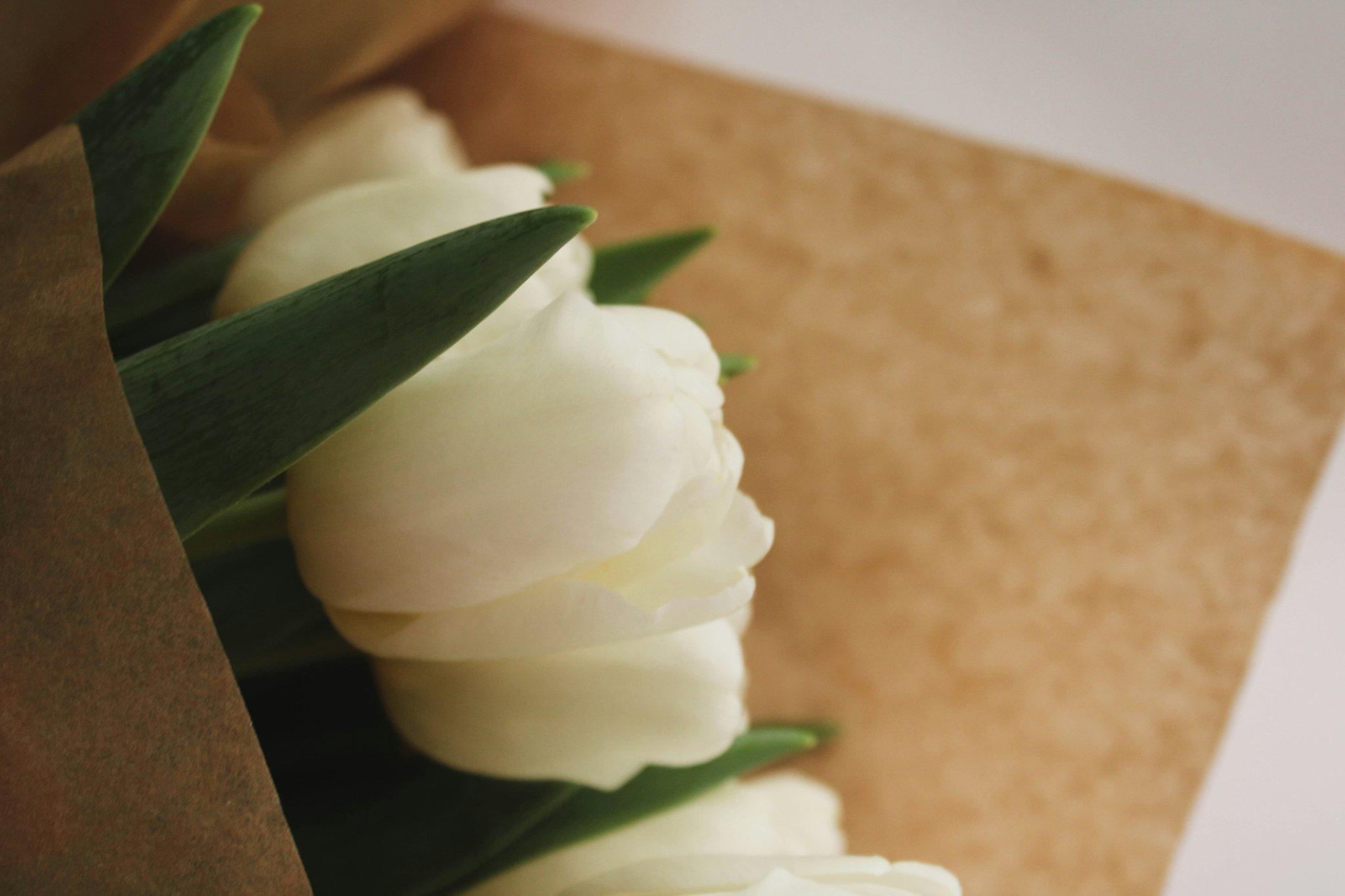
FAQs About Green Packaging
What Exactly Is Green Packaging?
Green packaging refers to materials and processes designed to minimize environmental impact. Think recyclables, bioplastics, and reusable options.
Does Green Packaging Cost More?
While initial costs may rise slightly, investing in eco-friendly materials often pays off via enhanced customer loyalty and reduced waste disposal fees.
Will Customers Care?
Absolutely! Today’s shoppers are more informed and value-driven than ever before. Offering green packaging shows alignment with their priorities.
Conclusion
Congrats—you now know exactly why green packaging is essential for organic-flower-centric brands, along with practical strategies to implement it successfully. Whether through compostable boxes, refill programs, or creative storytelling around sustainability efforts, every little step counts toward protecting our planet while delighting your audience.
Optimist You: “Let’s save Earth together!”
Grumpy You: “Fine—but only if coffee comes in compostable cups, too.”
Like a Tamagotchi, your SEO needs daily care. Keep nurturing those keywords! 🌿
